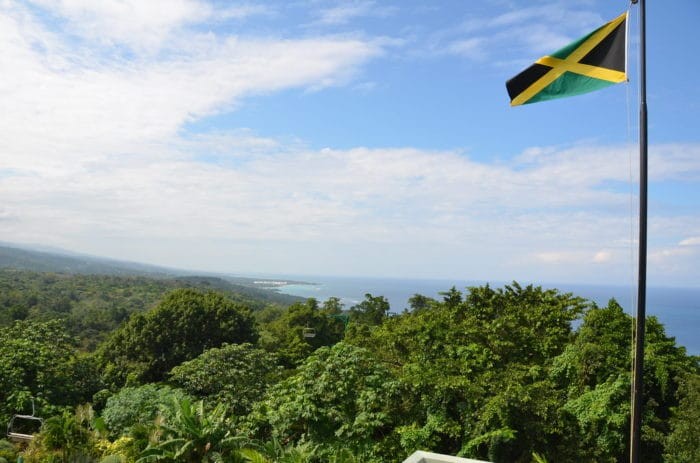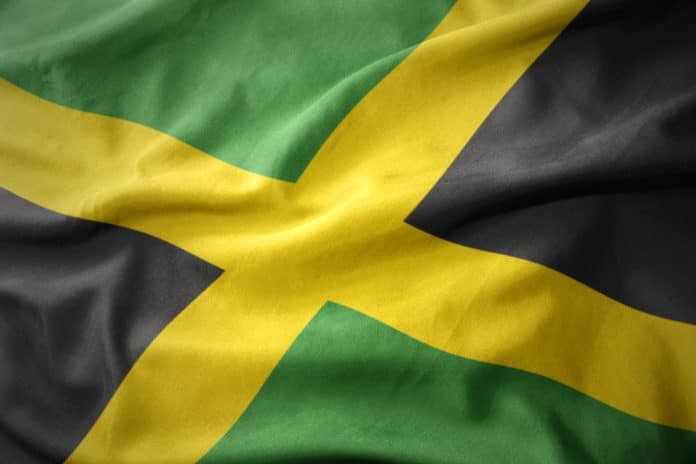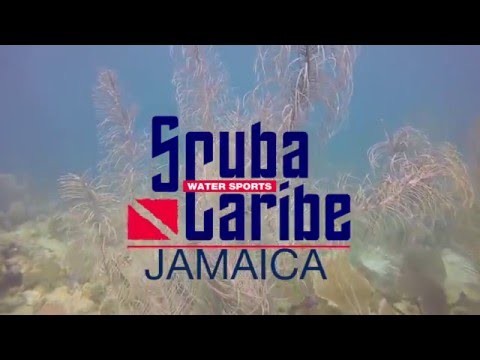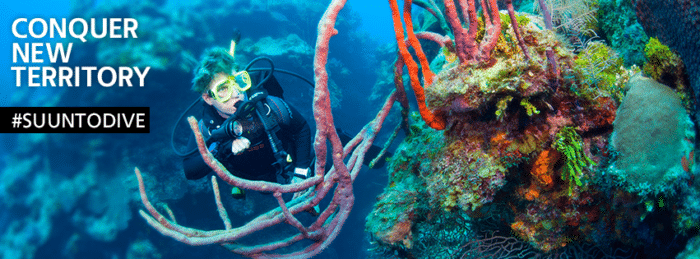Jamaica is one of the leading tourism destinations in the Caribbean.
It is a favorite romantic destination with many exclusive resorts catering to couples and honeymooners. Golfers will find ten golf courses, each unique and world-class. Beach lovers will find beaches like the white sand Seven Mile Beach at Negril or the black sand at Treasure Beach. A walk up the Dunn River Falls is a must-do. The music and the food legendary. Ten’s of Thousands of cruise ship passengers descend on the island weekly. What you do not see mention often is scuba diving.
Face it, even the tourism bureau does not have much belief in the local scuba diving. If you search their website for the word scuba, they reply with eight entries. Three entries are for different areas of Jamaica and made a reference to scuba diving. The most in-depth entry is “Many local companies offer PADI certification and guided SCUBA excursions”, there is another entry that mentions a wall dive. The remaining five entries are for accommodations. Four are all-inclusive resorts who include scuba diving. The last one has Scuba resort in the name, however, the website has no diving information. On scuba web forums, you will see questions that ask “if it is worth scuba diving in Jamaica”. You will see mixed answers.
Location
My answer? Come on in the water is great. I have not been to Jamaica on a “dive” vacation. I have been to Jamaica three times at all-inclusive resorts where diving was not the main reason for going. Since diving is one of the items included, I did dive most days. Jamaica is a popular cruise ship destination and I have dived there on five cruises. Each dive was very good.
In the late 1980s, when the diving industry was rapidly growing, Jamaica was left behind. The impact of hurricanes and destructive fishing practices had left the island country with poor reefs and depleted marine life. However, steps were taken to recover the reefs. Jamaica is one of the founding members of the International Coral Reef Initiative (ICRI) established in 1994. The ICRI is an informal partnership between Nations and organizations which strives to preserve coral reefs and related ecosystems around the world. The ICRI websites include this information about Jamaica:
Jamaica’s varied and irregular coastline is 1,022 km long and is characterized by a variety of ecosystems which include harbors, bays, beaches, rocky shores, estuaries, mangrove swamps, cays, and coral reefs. As an archipelagic state, Jamaica has stewardship over a marine space 24 times its land area of 10,981 km2 and an exclusive economic zone (EEZ) of approximately 235,000 km2. The island has 1240 km2 of coral reef with about 64 hard coral species, 43 soft coral species, and 8 black coral species.
Fringing, patch and barrier reefs surround just over 50% of Jamaica’s shoreline within 50 m from shore. Its fringing reefs are broadly distributed along a narrow 1-2 km shelf on the northern coastline and to a lesser degree on the broader 20 km wide southern shelf. Reefs and corals can also be found on the two largest offshore banks; Pedro Cays and Banks located approximately 80 km south south-west of the island and Morant Cays and Banks approximately 60 km to the southeast.
In 1992, Montego Bay became the first of Jamaica’s Marine Protected Areas (MPAs). Montego Bay now has the Montego Bay Marine Park, as well as, the Bogue Island Lagoon Special Fishery Conservation Area (Bogue Lagoon) and the Montego Bay Special Fishery Conservation Area (Airport Point). After Montego Bay, Negril established a marine park. Additional parks have also been established which has restored the coral reefs and marine life. The National Environment and Planning Agency (NEPA) is the environmental regulatory agency for Jamaica, and they control these MPA:
- Negril Marine Park,
- Montego Bay Marine Park,
- Ocho Rios Marine Park,
- Palisadoes-Port Royal Protected Area
- Portland Bight Protected Area

Where To Dive in Jamaica
Most visitors to Jamaica stay in or very close to the resorts they are staying at. Jamaica has a crime problem as well as a poor infrastructure. The tourism areas are isolated from the problems common in other parts of the nation. The leading tourist areas are:
- Kingston
- Ocho Rios
- Montego Bay
- Negril
- Port Antonio
- Runaway Bay
There are over 100 active dive sites in Jamaica. These are concentrated near the leading tourist areas which are also near the MPAs. As mentioned before, over 50% of Jamaica’s coastline has reefs. The Cayman Trench is located fairly close to the island’s north coast allowing outstanding wall dives and pelagic encounters. If those are the type of dives you are looking for, then seek out the north coast.
The 5 Best Dive Sites
There seems to be a recurring theme when I talk to divers who have dived Jamaica or seeing comments online. I am sure I have said it myself. It usually goes, “Jamaica is not a great location for scuba diving, but check out such and such dive site, it one of the best places I have ever dived.” The thing is if a location has a few outstanding dives and other very good dives, isn’t that enough? Visibility is 70 feet (ca. 21 meters) to 100 feet (ca. 30 meters) on most dive sites. The average water temperature is 81 °F (ca. 27 °C). Some the Marine Protective Areas have been active over 20 years, plenty of time for corals to mend and fish to return.
The coral reefs have claimed many victims over the centuries! Shipwreck divers have many to chose from, more than they could dive in a week. Wall dives, cavern dives, and drift dives are other attractions. Here are a few dive sites that are often considered some the best of Jamaica.
- Throne Room near Negril is often rated the best dive. The Throne Room is often called a cave dive however most of it is a cavern dive. The entrance to the Throne Room is at a depth of 40 feet (ca. 12 meters), where the reef has a 25-foot long and 8-foot wide split. Maximum depth is 70 feet (ca. 21 meters) and there is an exit to open water at 70 feet (ca. 21 meters). You can spend more than one dive here, or visit any of the over 15 other local dive sites.
- Widowmaker’s Cave in Montego Bay reportedly gets its name from a James Bond novel, not because it is deadly. It could be better called a cavern or a chimney. There is an opening on a reef at 35 feet (ca. 11 meters). Widowmaker’s Cave sloops down and exits at 80 feet. Montego Bay has about 15 dive sites.
- The Catherine or The Kathryn-Caverns depending on whom you are diving with. Just a short boat ride from Ocho Rios is the WWII Canadian minesweeper, Catherine. She was purposely sunk in 50 feet (ca. 15 meters) of water reaching up to just 20 feet (ca. 6 meters) underwater. She is a short swim away from a number of caverns and caves. Ocho Rios has a dozen dive sites, many of them wall dives.
- Port Royal Cays near Kingston. Port Royal was once called the wickedest city in the world and was the second largest city in the new world. That was until a 1692 earthquake sunk it. Today, it a protected area, however, the nearby cays offers some outstanding diving. Here you will find a number of shallow shipwrecks as well as outstanding reefs.
- Alligator Reef at Port Antonio. This is another site that is really more than one. Alligator reef has five separated dive sites each appealing to a different skill level.
Jamaica offers a variety of dive sites. Once you have dived there it is hard to understand, why it is not considered a major diving destination. Be open-minded and give it a try.
Brought To You By
This guide is brought to you by Suunto. We recommend that you use a Suunto Dive Computer when diving one of these dive sites. Suunto is the world’s leading dive computer designer and manufacturer providing diving instruments for recreational, technical and freediving. You can find out more at Suunto.com.



